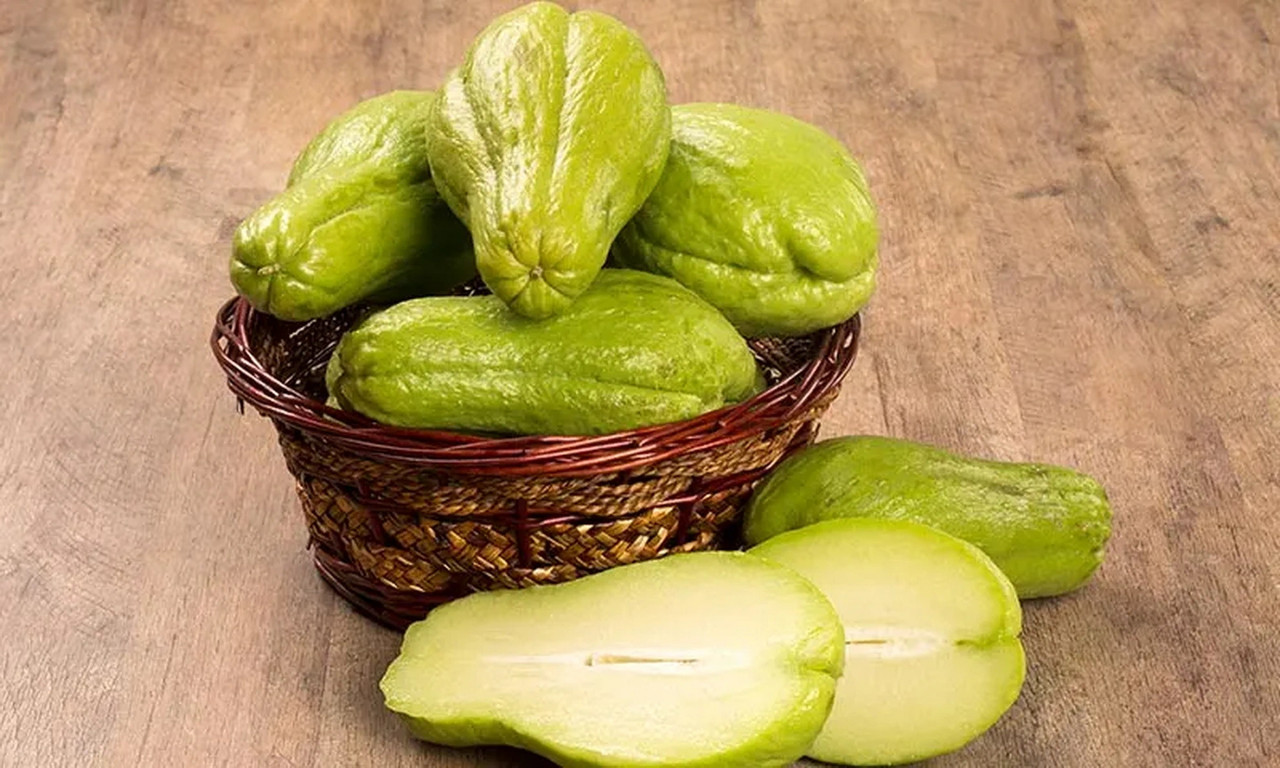Melissa, scientifically known as Melissa officinalis , is a shrubby plant in the Lamiaceae family . Native to the Mediterranean and Asia, Melissa is one of the most cultivated and used medicinal plants since ancient times. In addition to being used to treat digestive problems, this plant controls anxiety symptoms, providing a feeling of tranquility and well-being.
Melissa is a plant that can reach 20 to 80 cm in height. The stems, branched from the base, form clumps. Melissa leaves are dark green on top and light green on the bottom. The flowers, when they appear, are white or yellowish, but they can acquire a pinkish hue over time. All parts of the plant exude a smell similar to that of lemon, which is why it is often confused with another vegetable with a similar aroma, lemongrass.
Melissa leaves may be ideal for those suffering from digestive disorders and anxiety. Additionally, research confirms that they act as sedatives. For this reason, aromatherapists recommend using its essential oil in cases of depression, anxiety, nervous headaches and insomnia.
benefits of Melissa
In addition to calming, Melissa may provide several other benefits, such as:
relieve the stress
Melissa is known to relieve symptoms of stress, help you relax, and improve your mood. A 2004 study showed that consuming Melissa can alleviate the negative effects caused by psychological stress. Participants who switched to Melissa tea reported a greater sense of calm and a reduced sense of alertness.
reduces anxiety
Melissa can also be used to reduce anxiety symptoms such as nervousness and excitability . Research published in 2014 examined the mood and cognitive effects of foods containing Melissa .
The supplement was mixed with a drink and yogurt along with natural or artificial sweeteners. Participants in both groups reported positive effects on several aspects of mood, including reduced anxiety levels.
Improves cognitive function
The same 2014 study also looked at the effects of Melissa on improving cognitive function. Participants were asked to perform cognitive tasks related to memory, mathematics, and concentration. The survey results suggest that participants who ingested Melissa performed better than those who did not.
Although these participants experienced an increase in alertness and performance, it is still possible for fatigue to set in over time. Combining Melissa with food also affects its absorption rate, which may have affected its effectiveness. Therefore, more research is needed.
Relieves insomnia and other sleep disorders.
Combining Melissa with valerian can relieve restlessness and sleep disorders such as insomnia. Researchers in a 2006 study showed that children who took a combined dose had a 70 to 80 percent improvement in symptoms.
Both researchers and parents considered Melissa to be a good or very good treatment. Still, more research is needed to validate these findings.
Good for indigestion
Melissa may have a positive effect on digestion. A 2010 study evaluated the effects of a cold dessert containing Melissa on functional dyspepsia (the name given to chronic stomach pain or discomfort). Although both types of desserts decreased symptoms and their intensity, the dessert containing Melissa intensified this decreasing effect.
Helps treat nausea.
Given its potential impact on the digestive system, Melissa may also relieve feelings of nausea. A 2005 review that evaluated the results of several studies on Melissa found that the herb is useful in treating gastrointestinal symptoms.
Minimizes menstrual cramps
There is also research suggesting that Melissa can be used to relieve menstrual cramps and premenstrual syndrome (PMS). A 2015 study investigated the effect of Melissa on reducing the intensity of cramping in 100 high school girls. They took a Melissa essence or a placebo for three consecutive menstrual cycles.
The intensity of PMS symptoms was analyzed before and for three months after treatment. The Melissa group reported a significant reduction in symptoms.
relieves headache
Melissa may also be helpful in treating headaches, especially if they occur as a result of stress. Its calming properties can help release tension and relax muscles.
How to consume?
Generally speaking, Melissa is consumed in the form of tea. According to experts, you can take it three times a day.
How to make Melissa tea
To make a Melissa infusion, it is recommended to use only the leaves of the plant. That's because they contain the beneficial health properties. To prepare it, use the following measures:
- 3 tablespoons of Melissa leaves ;
- 1 cup of water
Add the Melissa leaves to the boiling water and let them sit for about five minutes. Then strain and drink three to four cups of Melissa tea daily.
It is worth noting that possible side effects of Melissa include decreased heart rate, drowsiness, and decreased blood pressure. However, no contraindications for Melissa tea have been described so far .
#Melissa, #stress, #anxiety, #cognitive_function, #insomnia, #sleep_disorders, #indigestion, #nausea, #menstrual_colics, #headache, #tea, #healthyrecipes,






